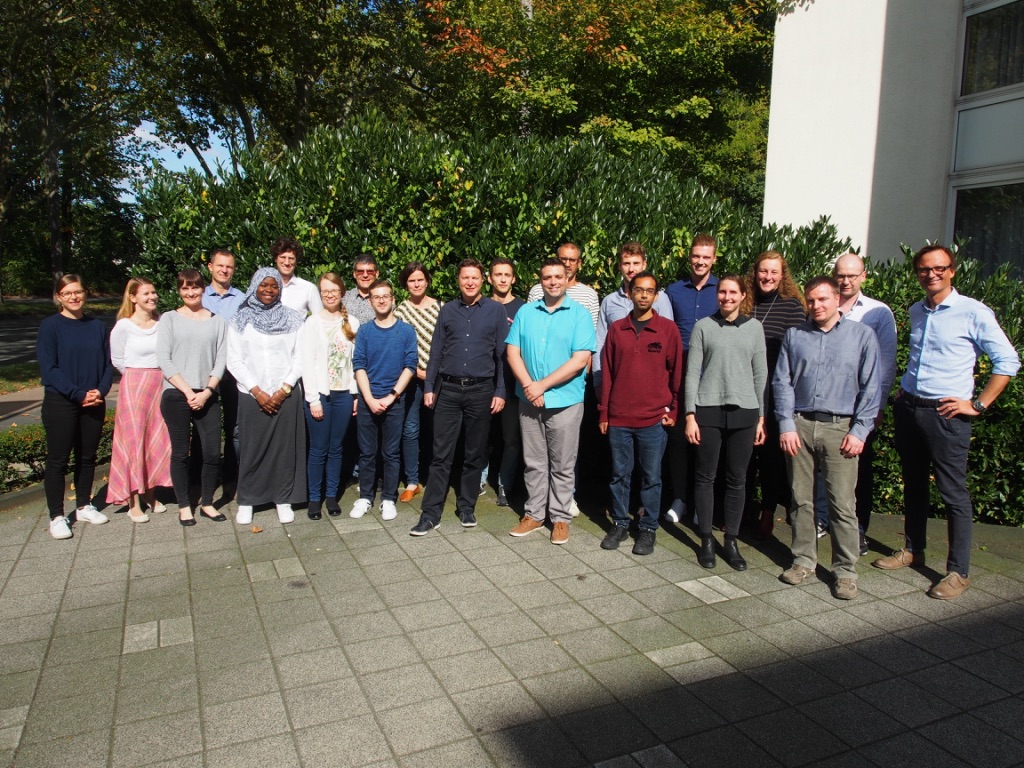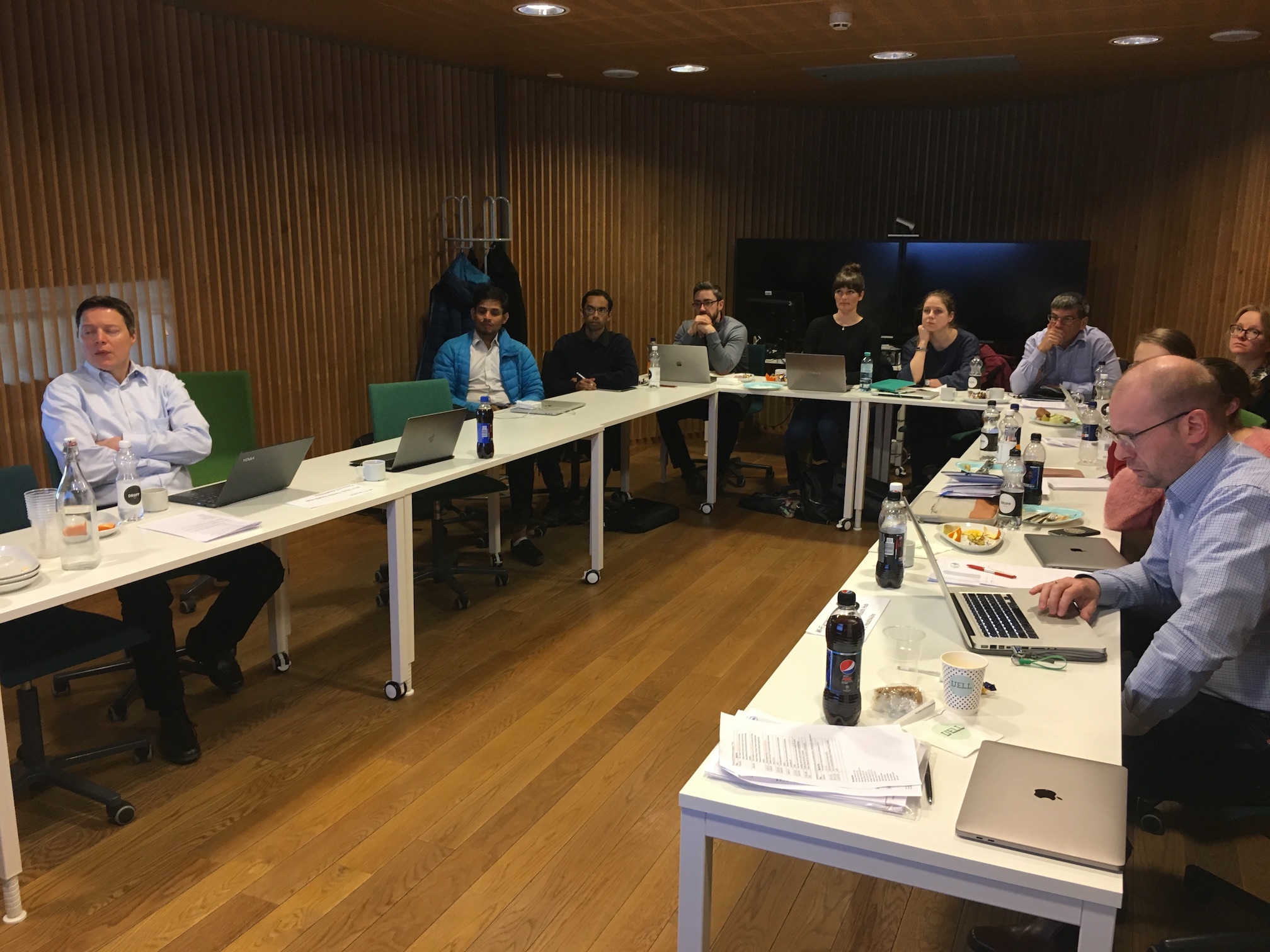Reconstruction of rearranged T‐cell receptor loci by whole genome and transcriptome sequencing gives insights into the initial steps of T‐cell prolymphocytic leukemia
Authors
Journal
Genes Chromosomes Cancer, 29 October 2020, 59:261–267 (http:// https://doi.org/10.1002/gcc.22821)
Abstract
T‐cell prolymphocytic leukemia (T‐PLL) is an aggressive tumor with leukemic presentation of mature T‐lymphocytes. Here, we aimed at characterizing the initial events in the molecular pathogenesis of T‐PLL and particularly, at determining the point in T‐cell differentiation when the hallmark oncogenic events, that is, inv(14)(q11q32)/t(14;14)(q11;q32) and t(X;14)(q28;q11) occur. To this end, we mined whole genome and transcriptome sequencing data of 17 and 11 T‐PLL cases, respectively. Mapping of the 14q32.1 locus breakpoints identified only TCL1A, which was moreover significantly overexpressed in T‐PLL as compared to benign CD4+ and CD8+ T‐cells, as the only common oncogenic target of aberrations. In cases with t(14;14), the breakpoints mapped telomeric and in cases with inv(14) centromeric or in the 3′‐untranslated region of TCL1A. Regarding the T‐cell receptor alpha (TRA) locus‐TCL1A breakpoint junctions, all 17 breakpoints involved recombination signal sequences and 15 junctions contained nontemplated (N‐) nucleotides. All T‐PLL cases studied carried in‐frame TRA rearrangements on the intact allele, which skewed significantly toward usage of distal/central TRAV/TRAJ gene segments as compared to the illegitimate TRA rearrangements. Our findings suggest that the oncogenic TRA‐TCL1A/MTCP1 rearrangements in T‐PLL occur during opening of the TRA locus, that is, during the progression from CD4+ immature single positive to early double positive thymocyte stage, just before physiologic TCL1A expression is silenced. The cell carrying such an oncogenic event continues maturation and rearranges the second TRA allele to achieve a functional T‐cell receptor. Thereafter, it switches off RAG and DNTT expression in line with the mature T‐cell phenotype at presentation of T‐PLL.



